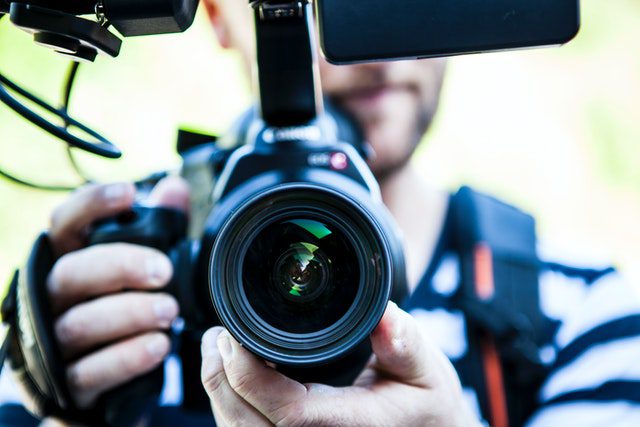Can you trust science or medical videos on YouTube?
Misinformation and fake news are everywhere on the internet. They are often heightened through social media. Anyone can post anything, anywhere, at any time. So how do we know so-called science or medical videos are credible?
The key to good judgement is checking the information sources. But this is easier said than done. Most of us consider ourselves able to tell fact from fiction. But scientific misinformation is becoming more difficult to spot. Here are a few simple tips to help you tell credible content from fraud.
Popular fake news topics
There is some obvious fodder for fake news campaigns. Stay vigilant. Look out for sensitive, topical events or headline-grabbing research. Also, watch for vague research. Facts may be available in those areas, but researchers may still disagree.
Inaccurate information shared online results from conflicting interpretations of hot topics. Climate change and COVID-19, have generated countless fake articles. This is because of strong public concerns, which makes them popular search terms.
As well, the author promotes their beliefs through false content. The information is skewed, whether or not it is supported by scientific evidence. This kind of information dissemination is like to propaganda.
Often such content relates to religious or political beliefs. Flat Earth Theory continues to be a popular topic of misinformation across the internet. The conspiracy theory that 5G towers cause cancer is also popular.
Social media sites, like Facebook and Instagram, have helped spread of misinformation. Though, certain internet companies are starting to crack down on the problem.
Use this checklist to determine whether a medical or science video is trustworthy.
Look for misinformation red flags
Pay attention to any obvious signs of fake news, such as:
- Video productions that lack a professional look
- Exaggerated titles in block capitals
- Bright colours
- Clickbait descriptions
- Few references to original scientific studies
- Claims unsupported by evidence
- A hosting domain that does not have a well-recognised name
Next, try to identify the original sources referenced in the content. Exercise caution when these can be linked back to known fake news sites. Conduct your own background research if something does not add up.
Besides, the sources presented should be peer-reviewed. A blog post, article or a website may contain opinions not supported by reliable sources.
Simple checks for scientific or medical credibility
When checking the credibility of a scientific or medical video on YouTube, check any references to published studies. Is the publication found online? Does a good publisher produce the publication? What is the impact factor of the publication? Established publications have editors. The editors are in charge of submitting studies to be reviewed by other scientists in the field before publishing it.
Check the professional connections of the author. Watch for any conflicts of interest and their credentials in this field. It should be possible to find their professional profile online.
If the author references a piece of research, see whether the video’s claims accurately represent the study’s findings.
An easy way to remember these steps is the CRAAP test:
- Credibility
- Relevance
- Authority
- Accuracy
- Purpose
We apply these techniques here to the search for trustworthy science content. But critical thinking is a valuable skill in most areas, and one that benefits from exercise.
Conclusions
In conclusion, YouTubers may speak confidently and have impressive subscriber numbers. But this does not guarantee their scientific or medical ability.
Credible sources can appear in video, textual and even audio formats. And social media posts are not automatically untrustworthy. Many leading scientists are on social media. Spotting trustworthy scientific or medical sources on YouTube helps helps to filter out bad science and fake news. This lets you watch the best evidence-based information. Always check the qualifications of a video’s author.
Some reputable scientific institutions do run popular science YouTube channels. Check out The Royal Institution. There are qualified science journalists online. And those who trained as scientists, like Sergio Pistoi, creator of the Rock Science YouTube channel, for example. A reliable source is an author whose writing refers to current scientific knowledge.
SciencePOD’s science and medical experts produce accurate content for broader audiences.

